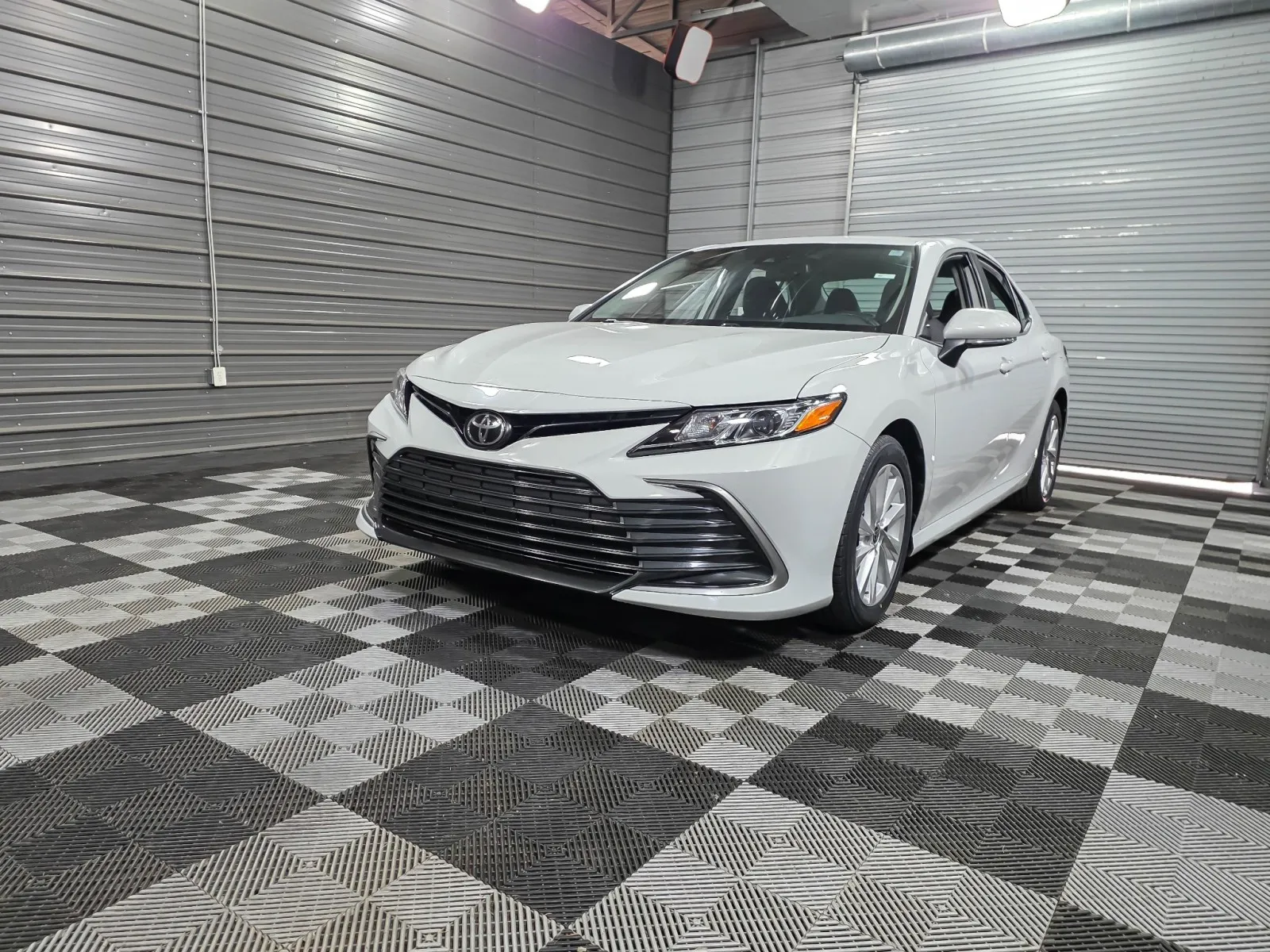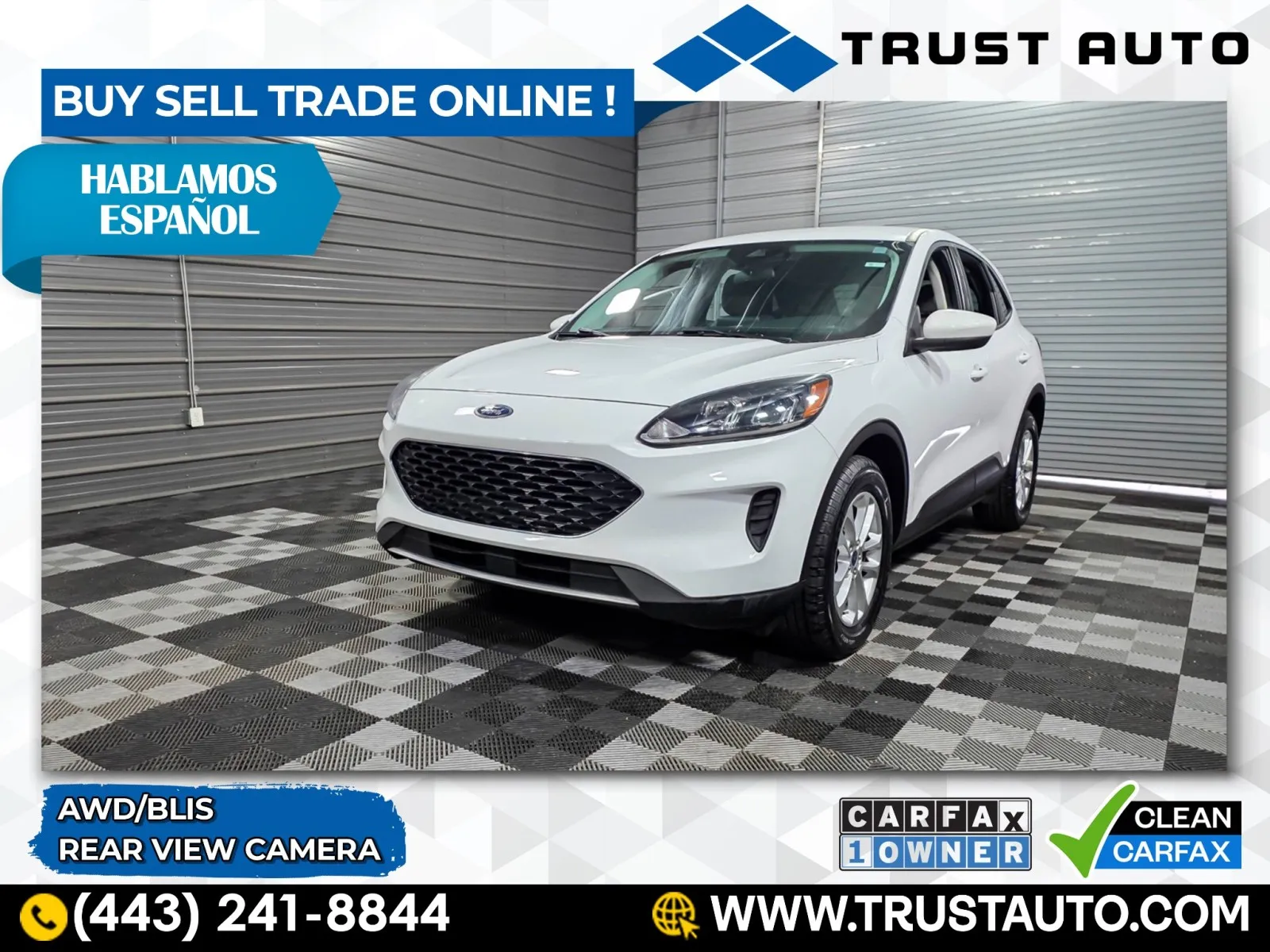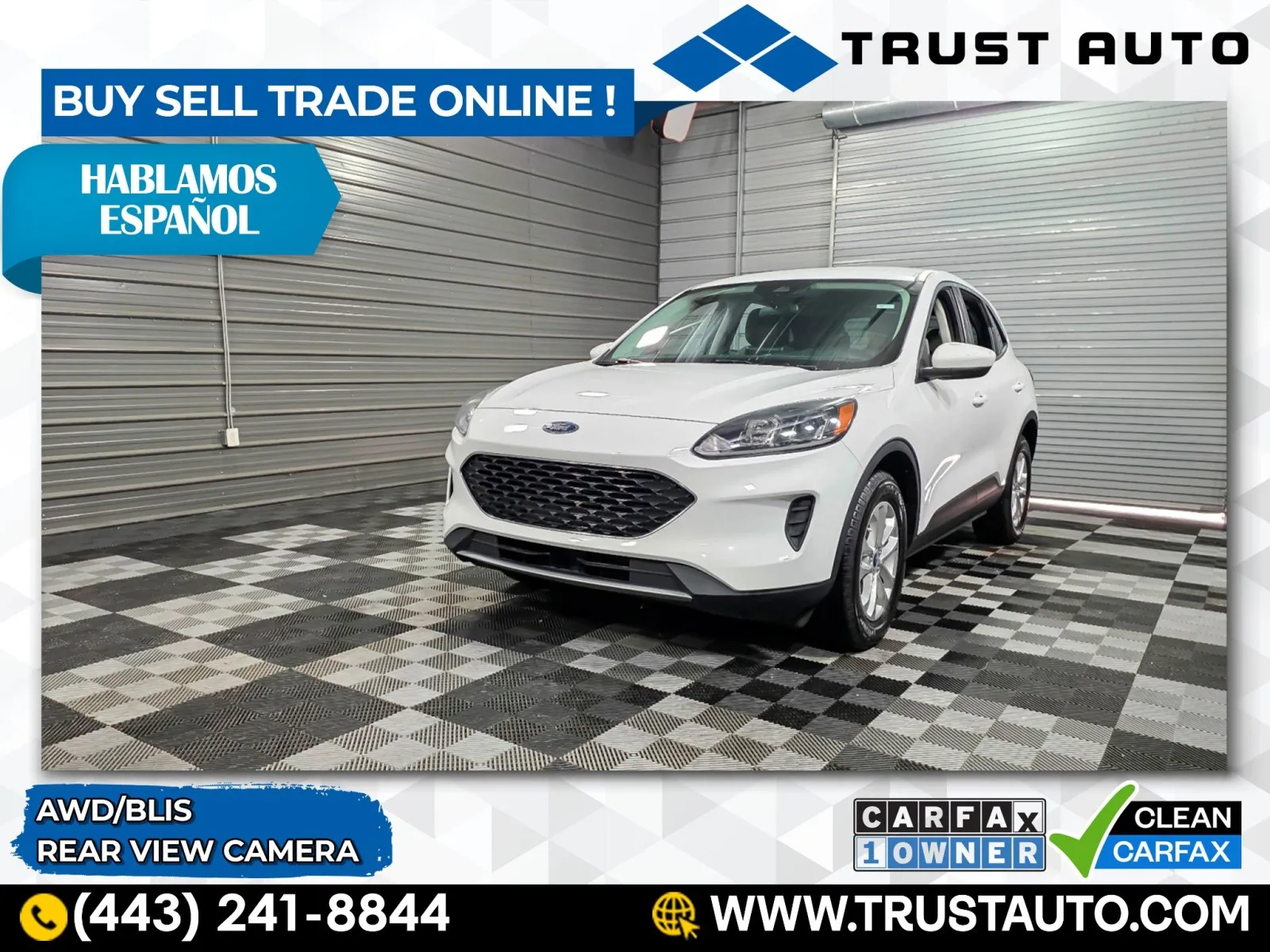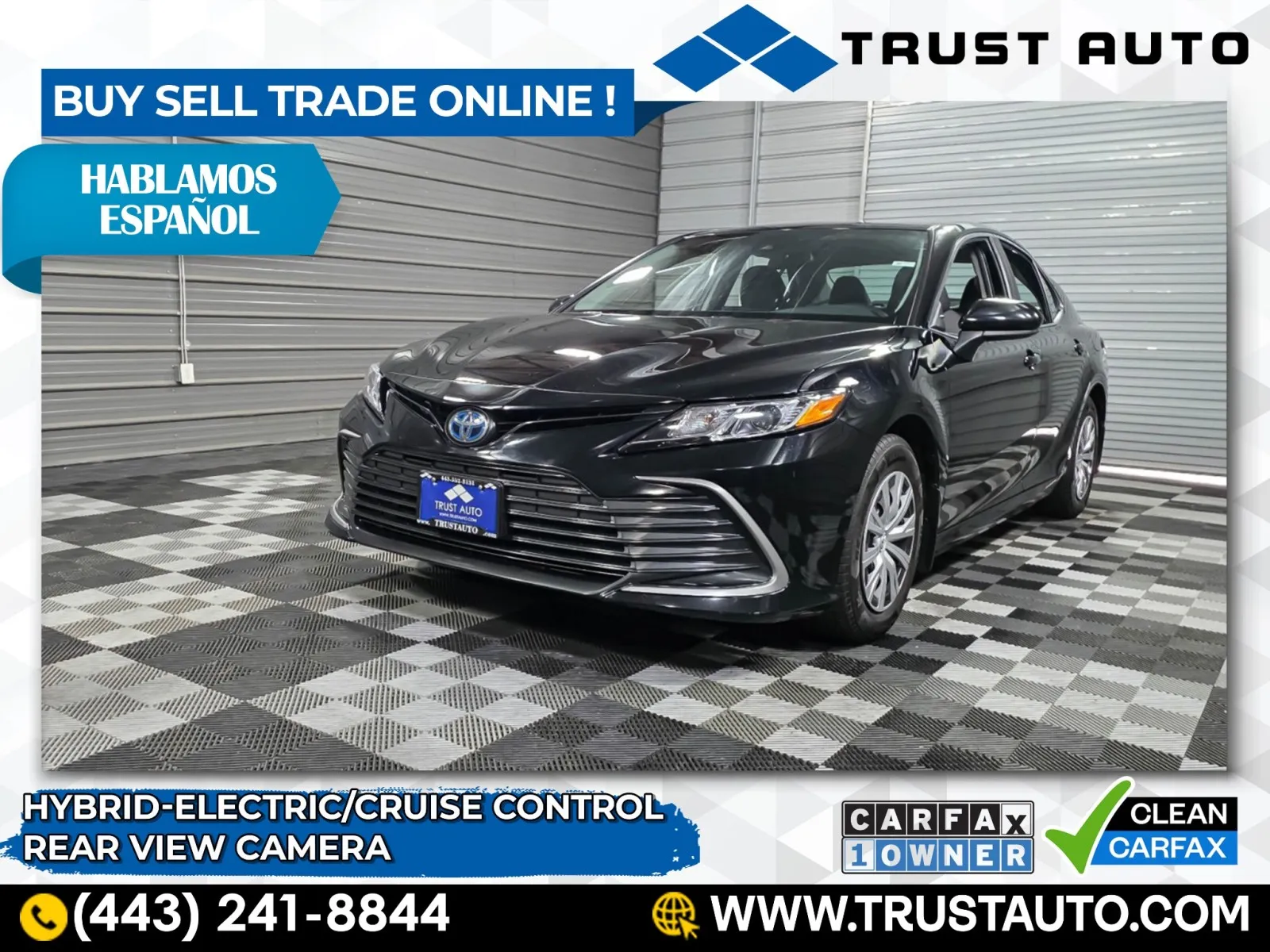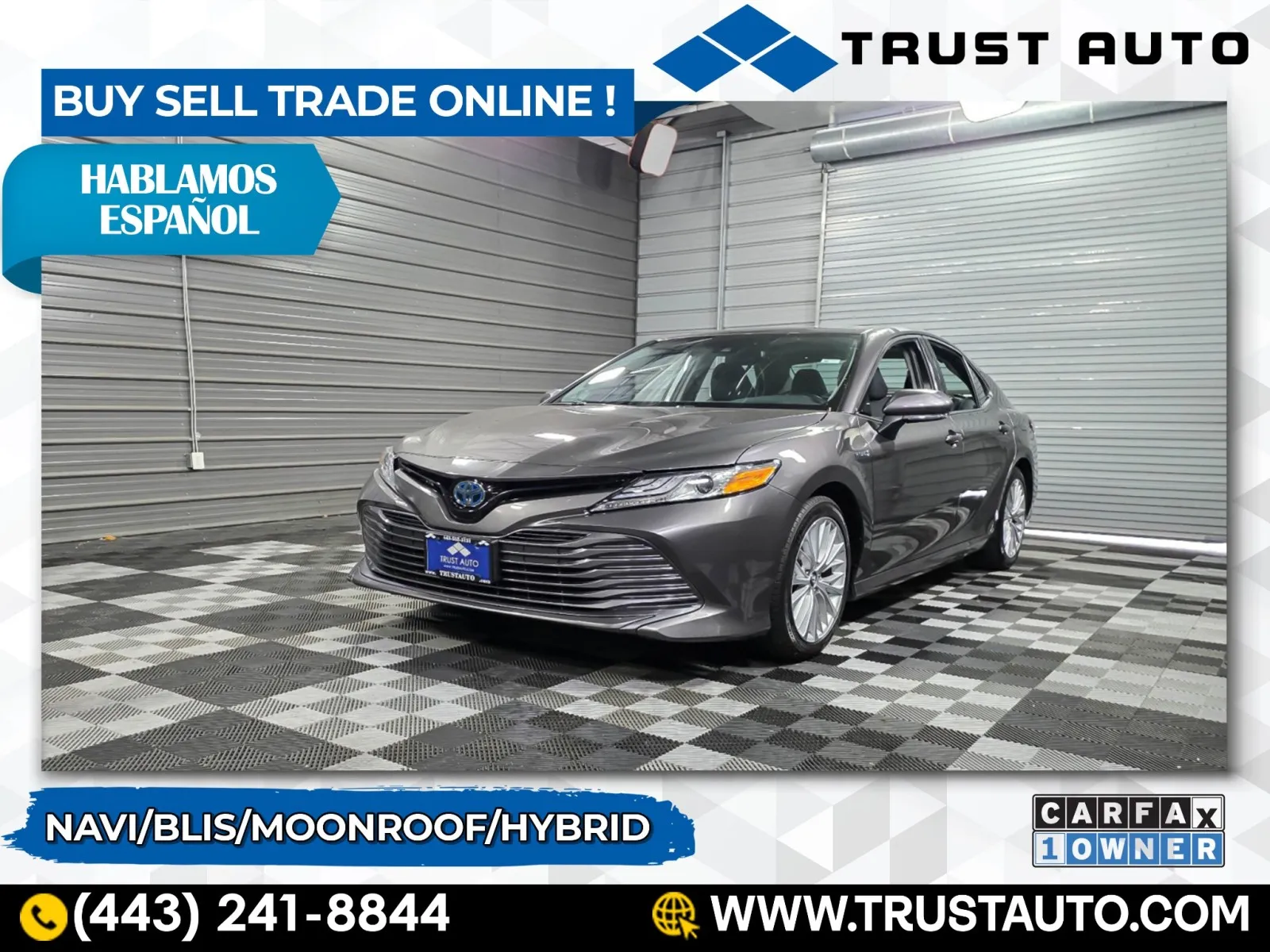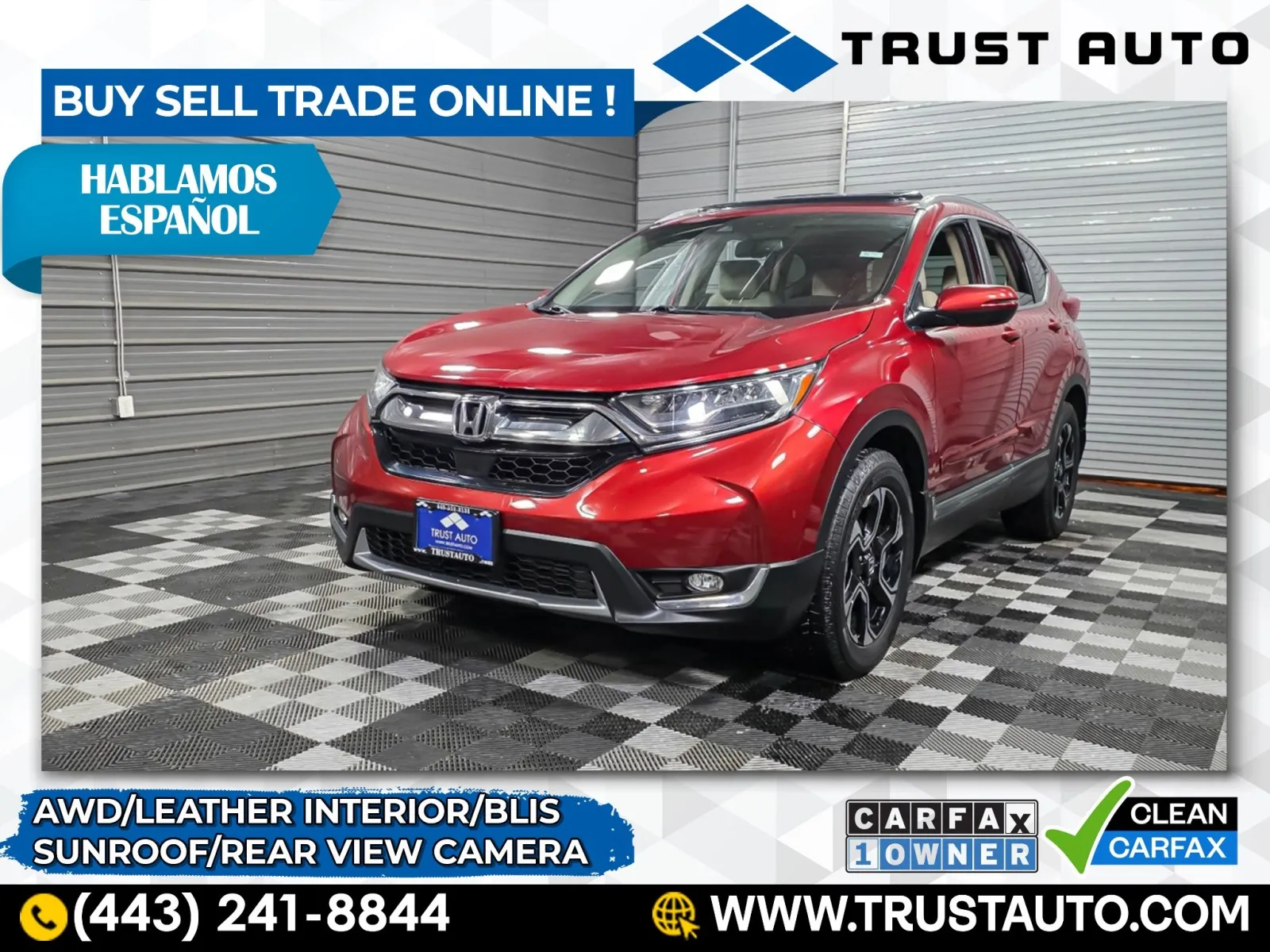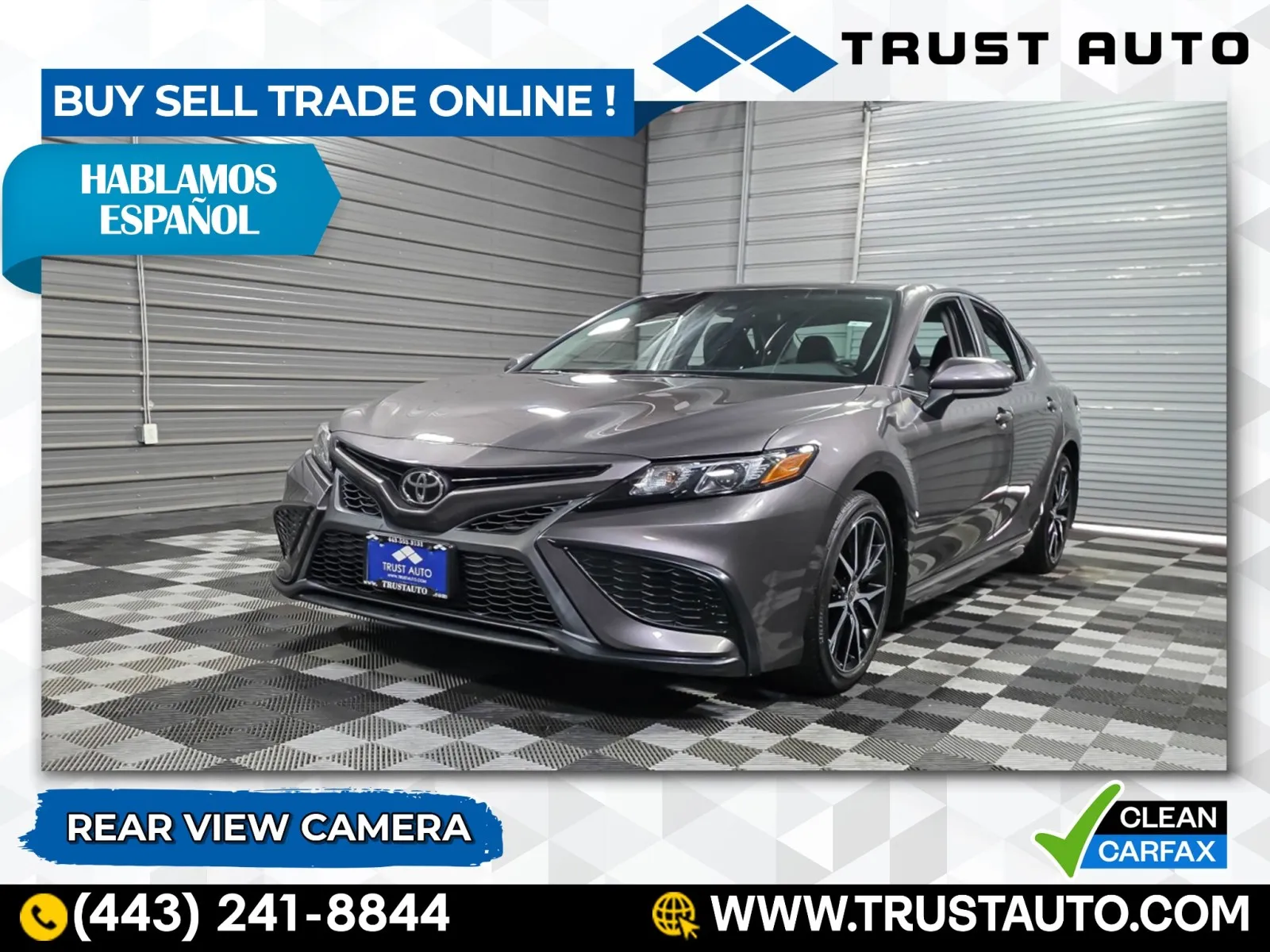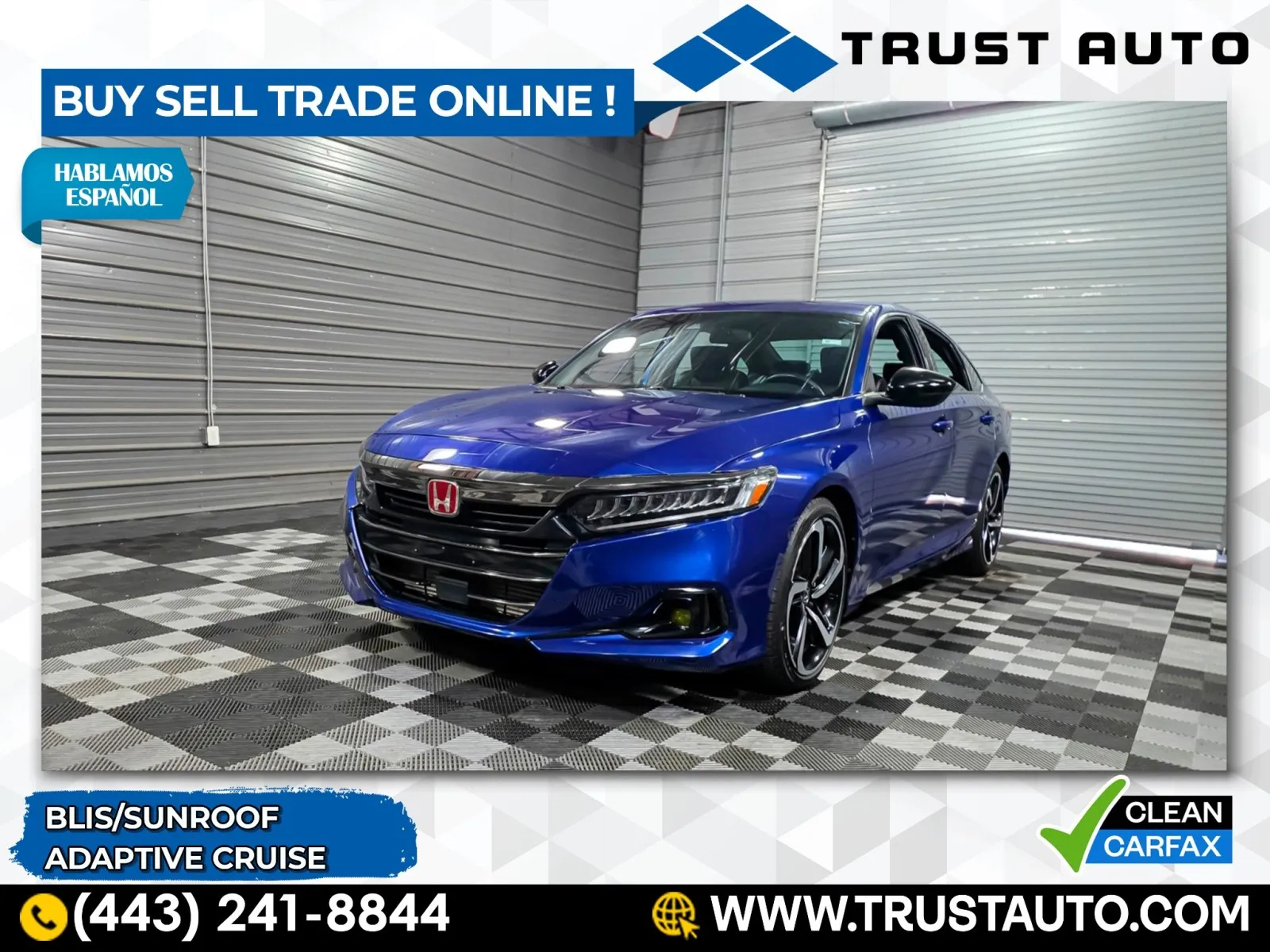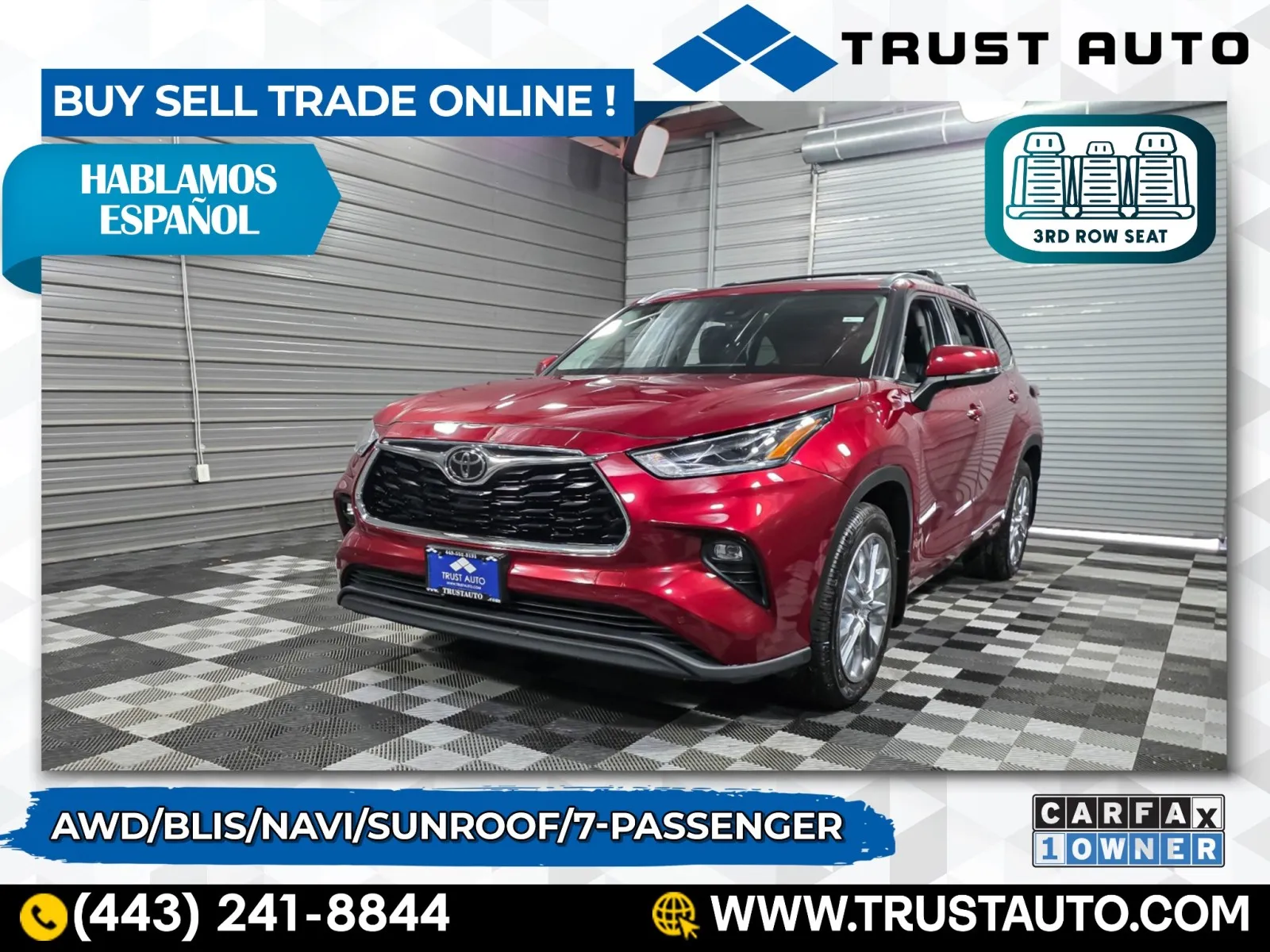Buying Your First SUV: A Expert's Guide

Buying Your First SUV: A Expert’s Guide
You’ve finally decided to join the majority of the car-buying public who are purchasing SUVs. Whether you’re just “going with the flow” or need more space, there’s a lot to consider. In this guide, we’ll cover SUV basics that are important to know and also look at other essentials.
And to clarify, we’re using the “SUV” term to cover all forms of utility vehicles, including crossovers. What’s the difference between an SUV and a crossover? Read our s tory to learn more.
SUV Characteristics to Consider
Size
Just like sedans and hatchbacks come in different sizes, so do SUVs. These vehicles can range from the tiny Hyundai Venue (169 inches) to the massive Cadillac Escalade ESV (226 inches). A Toyota Camry is about 192 inches in length, to put this in perspective. You’ll need to consider budget, space needs and constraints, fuel economy, and other factors before making a choice.
For example, the Venue may be great for gas mileage and urban parking, but regularly packing it with five people and their luggage isn’t going to work. Likewise, the Escalade ESV is great for hauling lots of people and gear, but parking in city garages will be a challenge, and fill-ups will be painful to the wallet.
For many SUV shoppers, it’s all about finding the sweet spot. In other words, a vehicle that meets their needs without going too big. That’s why compact models like the Honda CR-V, Toyota RAV4, Ford Escape, and Chevy Equinox are so popular. And for more space, larger SUVs such the Ford Explorer, Toyota Highlander, Honda Pilot, and Chevrolet Traverse remain in-demand choices.
Drivetrain and Suspension
Even the smallest SUV is designed to look rugged. This go-anywhere appearance and adventurous styling is part of the reason why consumers are flocking to these types of vehicles. Most SUV owners will never take their cars offroad (up to 95 percent by some estimates), but there’s comfort in having this option. However, this highlights a significant gap in capability: not every SUV has an all-wheel-drive (AWD) or four-wheel drive (4WD). Without either of these drivetrains, going off-pavement could lead to getting stuck or damaging your car.
And then, not all AWD/4WD SUVs are created equal. Some (like the examples mentioned above) are better suited for travel on snow-covered roads, while other SUVs (Toyota 4Runner, Ford Bronco, and Jeep Grand Cherokee, to name a few) can handle rough terrain with ease.
It’s also important to note that not every SUV is even available with an AWD setup. Cars like the Venue, Nissan Kicks, and Toyota C-HR are strictly front-wheel drive.
Plus, to handle off-road travel, your SUV will need a suspension capable of dealing with the rigors of such journeys. If plans don’t call for off-the-beaten-path trips, then you can skip the expense and fuel-draining bulk of a beefed-up suspension.
Curious how AWD compares to 4WD? Check out our detailed article on the subject .
Space and Seating
Arguably, the number one reason people buy SUVs is for interior space. Even with the smallest models, the raised roofline gives the cabin a feeling of openness not usually found in traditional passenger cars. But don’t assume there is tons of passenger room just because a vehicle is an SUV. It’s no different than some sedans having more legroom than others.
If, for example, your car needs room for a child car seat or two, it’s best to test how this gear fits in an SUV you’re considering.
And SUVs come in either two-row or three-row form. If you never carry more than five people (yourself plus four passengers), then there may not be a need for something that can handle up to eight. However, don’t also assume that all three-row SUVs are created equal. The Kia Sorento is a family-friendly SUV, but trying to stuff a couple of gangly teenagers in its third-row seat will likely generate loud protests.
Cargo Capacity
High up on the SUV shopping list for many is the ability to carry lots of cargo. This may involve weekly grocery store trips, the annual summer camping trip, or regular airport runs complete with luggage. Regardless of your individual hauling needs, it’s important to know that brands and models prioritize cabin space differently. Some emphasize second-row (and/or third-row) legroom over cargo space. Others flip this around to allow for more stuff inside. And, still, some SUVs have sliding back seats that will enable owners to adjust legroom according to need.
There are other advantages when it comes to SUVs and cargo. First, the ability to fold down the back seats is ideal for stocking up at the home improvement store or helping a friend move. There’s also the bonus of tying off bulking items to the roof rails or using a rooftop carrier to expand hauling capability.
Towing
Most passenger cars have zero or limited towing capacity. So, switching to an SUV could open up an entirely new world of trailers. Towing a camper or boat could create adventures that once weren’t possible.
But, just like not every SUV has all-wheel drive, not every model can tow. Or trailer load limits may be very modest. If the idea of towing is appealing, be sure to compare what each prospective SUV model can handle.
Behind the Wheel of an SUV: Test Drive Tips
Now that we’ve covered SUV characteristics let’s put what you’ve learned into practice. Read on as we review what to look for during a test drive.
Handling and Feel
If you’ve never driven an SUV before, then expect a very different experience behind the wheel. You’ll notice the vehicle’s more significant proportions and taller seating position right away. Once underway, an SUV may not seem as responsive as a passenger car (of course, some high-powered SUVs can blow the doors off less-capable vehicles). If you’re used to zipping around corners even in a Honda Accord, don’t expect similar handling in a Honda CR-V (or most other SUVs, for that matter). These contracts aren’t bad; they just highlight the differences between regular cars and SUVs.
Visibility
An SUV’s elevated driving position provides a sweeping view of the road ahead. But, depending on the model, you may have difficulty seeing directly in front of the vehicle and what’s close to the sides. You’ll also want to check for good visibility through the rear window and that the pillars don’t create blind spots. Parking sensors, blind-spot monitors, and surround-view cameras can help offset impaired visibility.
Parking
Your test drive should include some time to try out parking and tight-space handling. Once simple tasks, like parallel parking or driving in a public garage, can require more attention, thanks to the greater bulk of an SUV. Also, if you live nearby, ask the dealer if you can see how the SUV fits in your garage at home.
Cabin Comfort
Just like you should do when checking out any car, take the time to sit in every seat of a prospective SUV. You want friends and family to be comfortable. If you regularly carry several people, have them come along for the test drive. It’s better to hear any complaints before you buy. And while everyone is in their seats, check out how accessible things like USB ports and air vents are.
Cargo Space
We covered cargo capacity matters earlier, so now’s your chance to put this into practice. And keep in mind that the smaller the SUV is, the more critical it is to test real-world cargo-hauling ability. So, see if that stroller or dog crate fits. Are there regular large loads you’re planning on carrying? While you’re at it, check out places to stash your phone and other everyday essentials.
Ready for an SUV Experience?
The professionals at Trust Auto in Sykesville are ready to help you select the best SUV for your needs and budget. Our wide selection of high-quality, used SUVs includes popular models from Chevrolet, Ford, Jeep, and Toyota, plus premium vehicles from BMW, Cadillac, Mercedes-Benz, Porsche, and others. Contact us to arrange a convenient appointment at our dealership or learn about our shop-from-home option .


